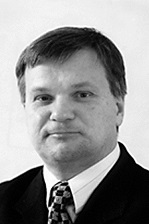On Our Parliamentary Communication Culture, but from a Different Angle
The present article discusses the parliamentary culture in the Republic of Estonia in the 1920s-1930s as compared with the parliamentary culture of the 1990s after the regaining of independence.
It deals primarily with relations between parliamentarians themselves, their use of language outside the Parliament and compares some commonly spread notions of the Parliament in the society. Compared with the time at the beginning of the Republic of Estonia, the MPs today are considerably more reserved in their speech than their predecessors. At the same time, already during the beginning of parliamentarism, MPs had an inherent feeling for their faction and permanent links to the list on which they ran at the elections. This provided the Parliament with an inner stability and created trust for political parties in society. In comparison, the first half of the 1990s was characterised by frequent switching between factions by MPs on the grounds of short-term political interests. This made the political power lines in the Parliament hazier, caused discontent among the voters and overall diminished trust in the Riigikogu as an institution.
Küllo Arjakas, born 1941, historian, University of Tartu 1983. Work: 1985-87 educationalist at the Central Administration of Archives of the Estonian SSR, 1987-90 Responsible Secretary of the Estonian Heritage Society, 1990-92 member of the Supreme Council of the Republic of Estonia, 1993-99 Secretary General of the Estonian Centre Party, since March 1999 member of the IX Riigikogu. Affiliation with NGOs: Estonian Academic Society of War Historians, Estonian Heritage Society, and other.
